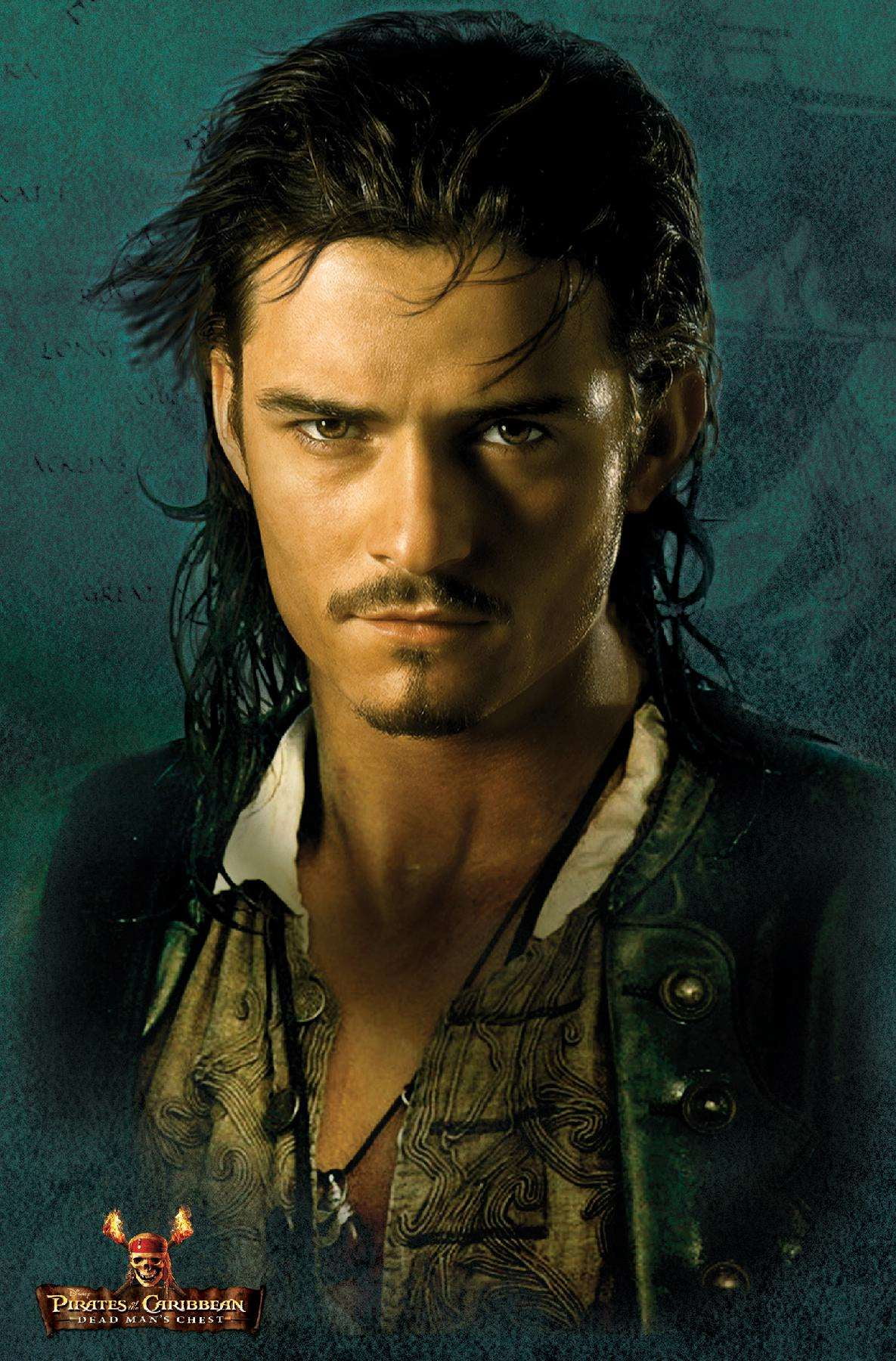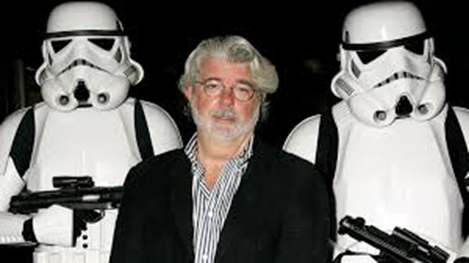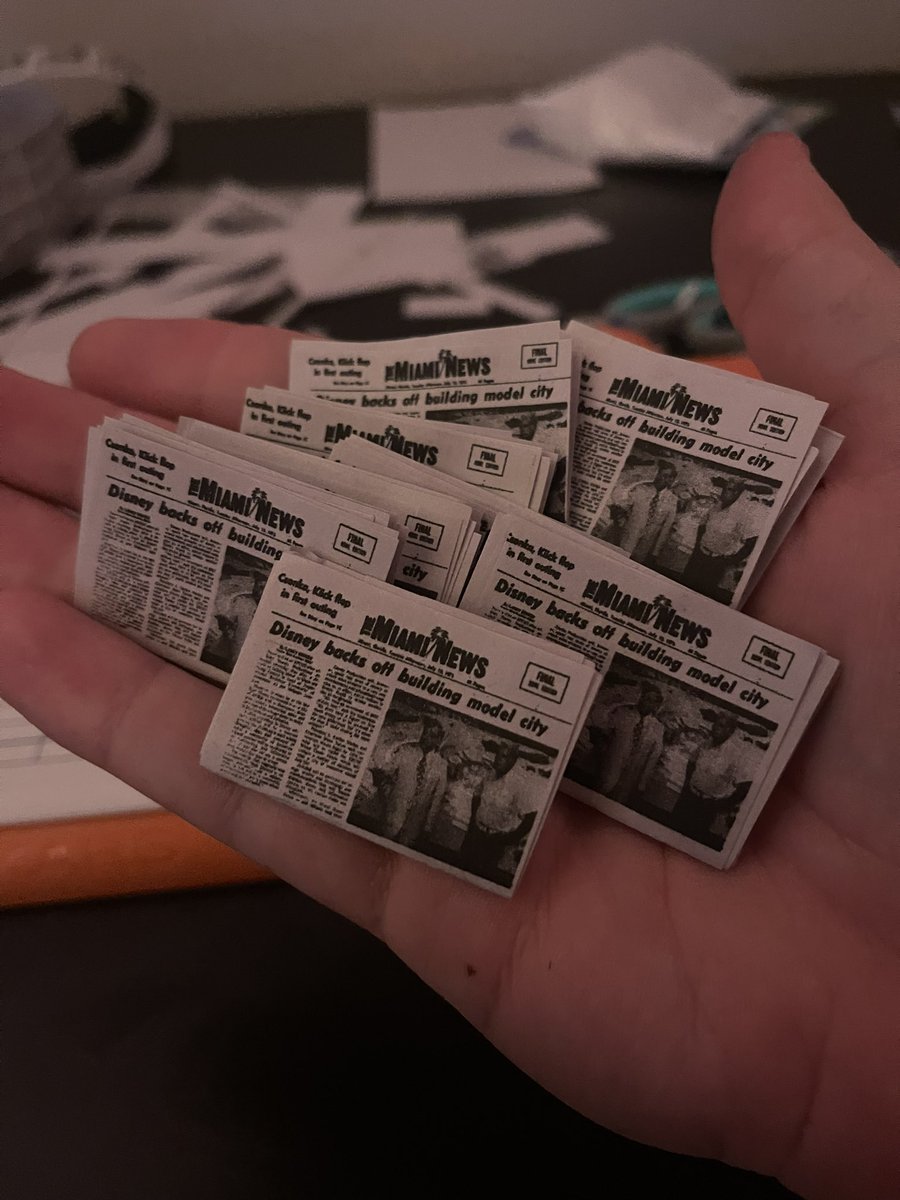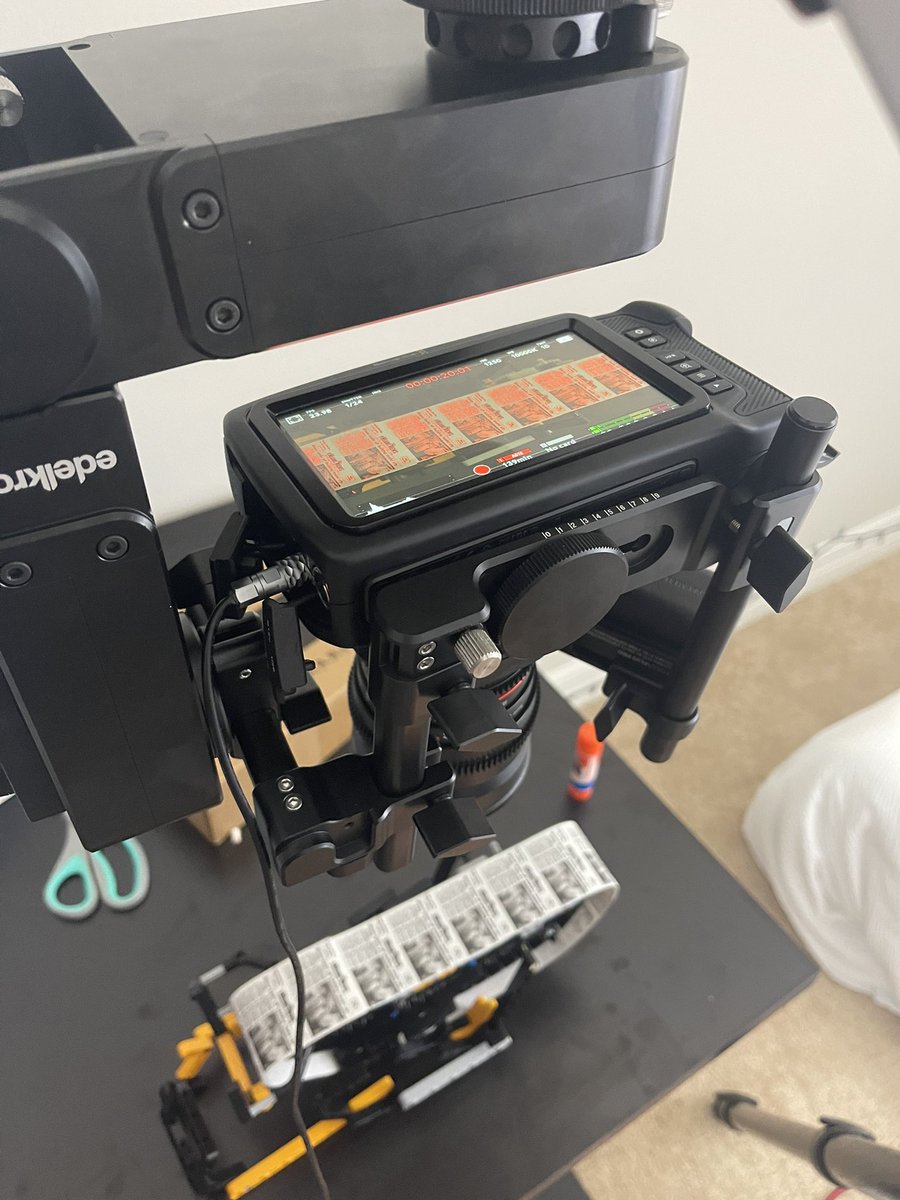While not necessarily the stereotype of a 'creative', Rene Descartes did introduce what many honors students have learned is a system of methodological doubt (otherwise known as your first academically fueled existential crisis. Not an academic crisis, or a self-worth related crisis-- those were likely born during a time of reading Homer's Odyssey during our first weeks in Honors. Nevertheless, I digress;)
Descartes's Meditations are important to the western philosophical movement as a whole-- outside of Honors, I've had the fortune of covering the man and his works no less than thrice, analyzing him within a historical context, others through his role in epistemological development, and others by proxy of Descartes' work. Establishing a system of doubt, as I have been taught, was relatively novel for the discipline as a whole, but within the context in which Descartes lived, such doubt was expected.
A major war was occurring in Europe at the time of Descartes's work on the Meditations. The Thirty Year's War began during 1618, and continued, you guessed it, for 30 years, until 1648. The conflict included religious interests, seemingly between Catholic and Lutheran sects of the church, as well as conflicts within the Holy Roman Empire. Both state and religious authorities would give conflicting messages, and that is the main historical context for Descartes' Method of Doubt-- a deep mistrust in the authority figures surrounding him.
War and conflict seem to have causes Descartes to isolate himself, but the sociopolitical sphere was not the only influence on Descartes' work. As one honors teacher informed her class, Descartes was also theorized to have frequent migraines, which causes a significant break with reality for him, hallucinations especially. The Thirty Years War made Descartes doubt authority and doubt others, but his own struggles with migraines and possible disability had Descartes distrust his own senses.
This not only results in the distrust that we see displayed throughout the Meditations, but the formation of the theory of mind-body dualism, a theory which has been propelled into the medical field for it's implications.
Descartes is a large figure in philosophy-- there are a number of philosophers that are Cartesian and a number that are anti-Cartesian-- such are the likes of, say, Thomas Reid, who proposed the First Principles, a foundational theory that, in contrast to Descartes' fixation on certain knowledge, was founded on a basis of pragmatic knowledge. Reid's philosophy is commonly seen as 'common sense' philosophy in comparison to Descartes-- Descartes's philosophy is often objected to as a distant, idealized, and unrealistic take on epistemology and experiences, which, given his life experiences, I don't think is exactly fair. Descartes' philosophical work is heavily framed by the circumstances he found himself in, namely those of distrust in both external sources of information and his own perceptions of reality. And there must be something true in that experience which can be generalized to other disciplines and philosophies-- we, as a philosophical discipline-- mustn't through the baby with the bathwater.





/cdn.vox-cdn.com/uploads/chorus_asset/file/24781793/rev_1_BARBIE_TP_0006_High_Res_JPEG.jpeg)











